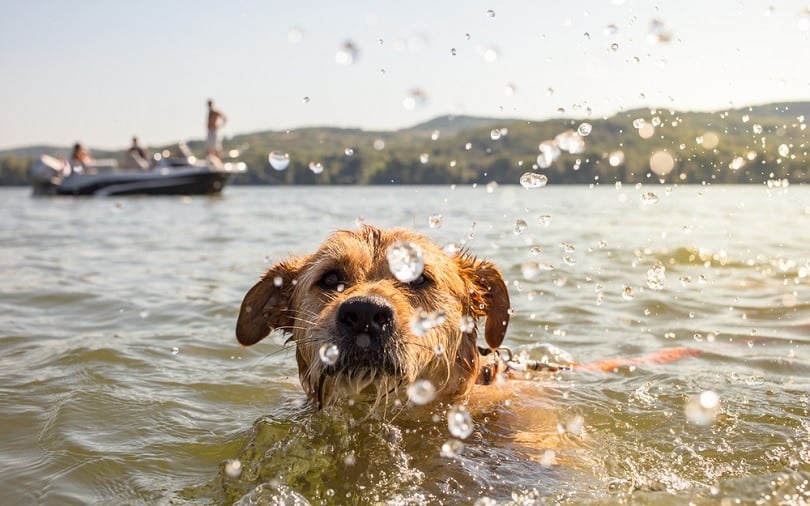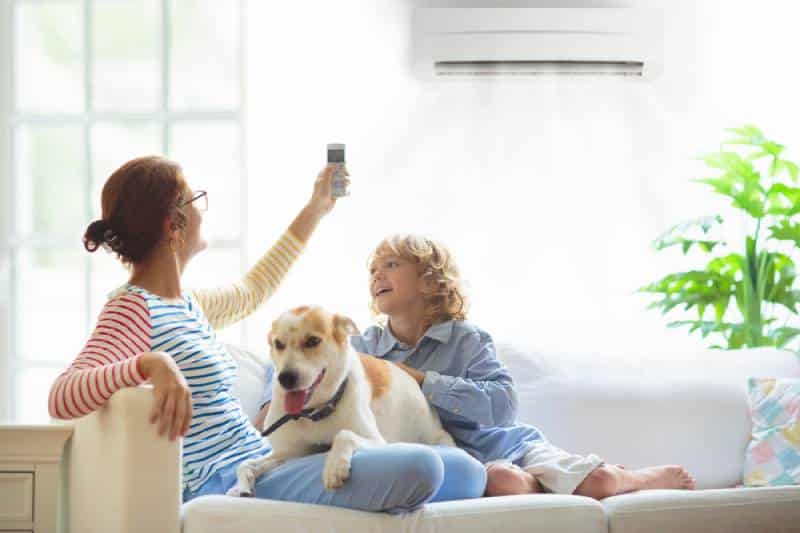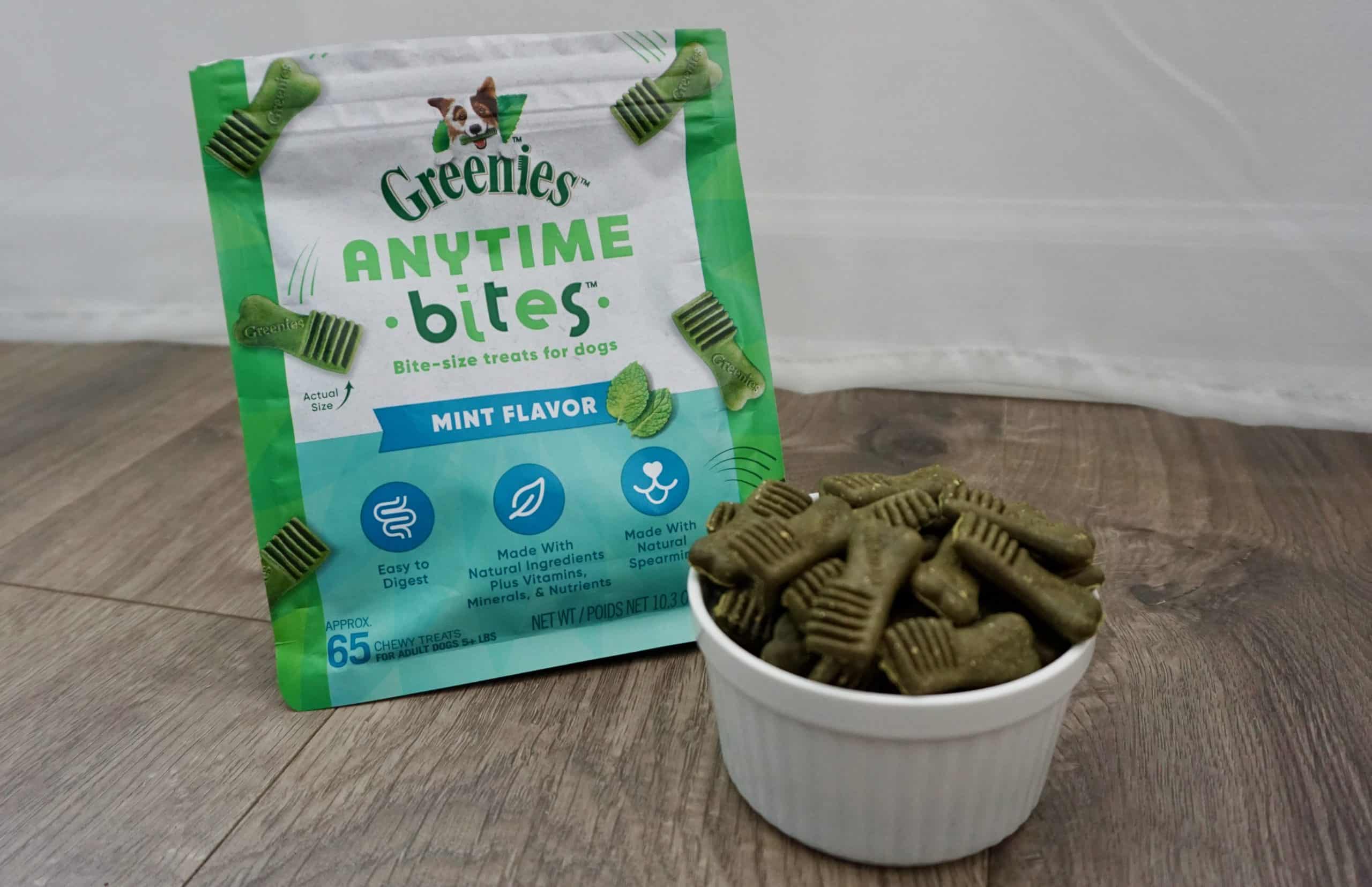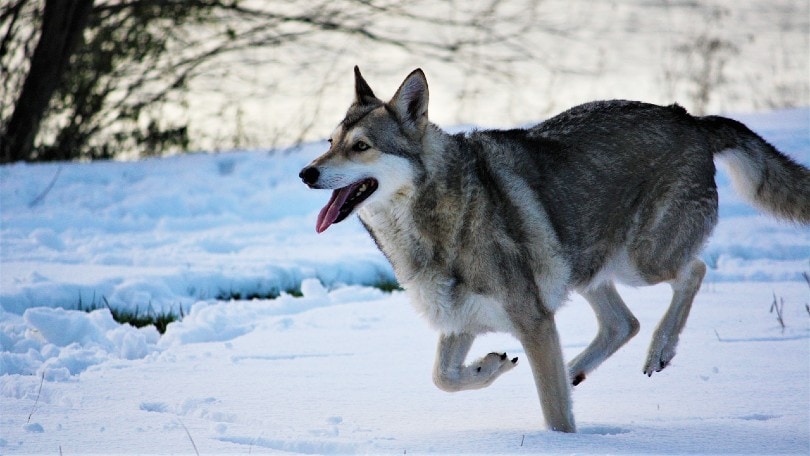Jumping into summer with your furry friend sounds perfect, right? But hold on – there are a few seasonal safety tips you might want to keep in mind to ensure your dog has the best time possible. Those sunny days can be as tricky as they are fun! Let’s dive into some vet-approved advice to keep your pup safe and sound this summer.
Taking a refreshing dip in a lake can be the highlight of a summer day. However, don’t forget that swimming is a workout, even for dogs, and they need regular breaks just like humans do. Plus, your dog can get sunburned! Keep them in shallow waters and out of strong currents. It’s also wise to avoid sun exposure between 10 a.m. and 2 p.m., and consider a doggy life vest if you’re planning a long swim.
Dogs cooling themselves by panting isn’t foolproof, especially for breeds with flat faces like French Bulldogs. They’re more prone to heatstroke, so recognizing early signs is crucial. Look out for drooling, labored breathing, red gums, or if they collapse. If you see any of these, move your dog to a cooler shaded area, apply a damp towel, and offer water that’s not too cold. This way, they’ll avoid the risk of further heat production from shivering.
Keeping thirst and hunger at bay during playtime is more than just fun – it’s essential! Fresh food and water should always be available. Signs that your dog might be dehydrated include thick saliva, lethargy, heavy panting, pale gums, and loss of appetite. Keeping an eye on these signs ensures your dog stays energetic and happy.
We all hate hot sand and pavement searing our feet, and dogs are no different. Their paws are vulnerable to burns from these surfaces. Taking walks in the cooler hours, either morning or evening, can help protect their feet from getting scorched.
Summer isn’t just about sunshine and good times; it also brings bugs, particularly fleas and ticks. These pests are not just annoying but can carry diseases like Lyme disease. It’s crucial to inspect your pup for ticks, paying close attention to their ears and head after outdoor adventures. Speaking to a vet for proper flea and tick prevention is always a good idea.
Thunderstorms and fireworks might be a spectacle for us, but they can be stressful for dogs. A weighted blanket might help calm them down, or try desensitizing them by playing recordings of storms when it’s quiet outside. If this doesn’t settle them, consulting your vet can provide additional tips tailored for your pooch.
Hitting the road this summer? Remember to update your dog’s vaccinations, as many places require this for entry. Always verify pet policies at your destinations to avoid surprises. Travel-wise, have your dog get familiar with their travel crate beforehand, and never leave them in an unattended car. Pack a travel water bowl and cooling pad for comfort on the road.
The scorching summer months can be a blast for you and your four-legged friend if you take some precautions. By recognizing signs of heatstroke and keeping playtimes cool and shady, you ensure it’s all fun and no fuss. Keeping your dog hydrated, safe from burns, and protected from pests makes their summer as enjoyable as yours. Staying ahead of potential stressors like fireworks and being prepared for travel ensures that no matter where the season takes you, it’s a pleasant journey.









